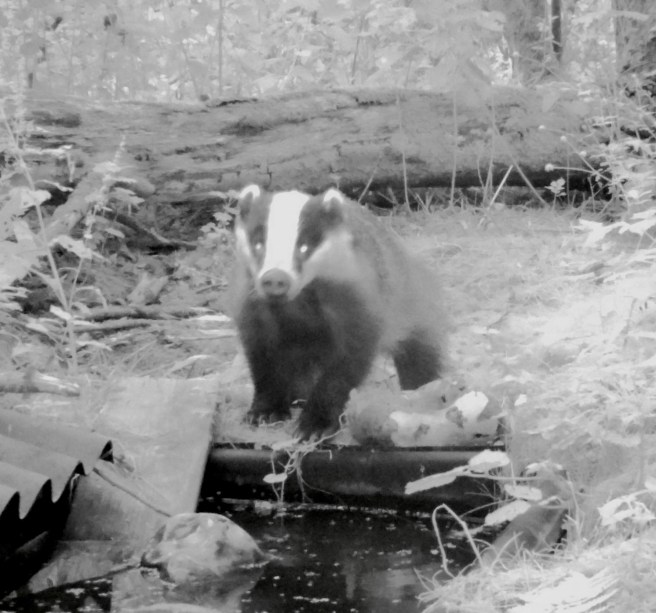On Friday this week, when the temperature rose above 30 degrees, the Flying Ants took off and we were treated to a fantastic wildlife spectacle in the column of air above the meadows:

Hundreds of Black-headed Gulls quietly circling round and round feasting on the Ants. We try hard to get the Insects right here in the meadows trusting that everything else will follow and at times of like this we are filled with hope that we are doing things right.

Now seems a good time to celebrate all this year’s fledglings that are arriving, proof that the natural cycle of renewal is carrying on, unhindered by what is going on in the human world.
Although we have no idea where the nest is, we take great delight in seeing juvenile Green Woodpeckers in the meadows each year – another animal that is drawn here by the Ants:

The British Trust for Ornithology (BTO) have announced that over a million rings were put on birds by its accredited ringers in 2019. That is an enormous volunteer effort, especially given how highly trained they all have to be. The Bird Ringer, one of these very volunteers, caught and ringed this young Yellowhammer this week. It will have fledged from a nest somewhere in the meadows this year:


He also caught five recently-fledged Dunnock chicks and this sweet, juvenile House Sparrow. You can still just see the remains of its yellow gape at the back of the beak:

Here is young Crow being fed by its parent:

And Robins have also recently fledged nearby:

These two Willow Warblers below were born this year but they are already on the move. They stopped off in the meadows this week on their way to Africa for the winter:

The Bird Ringer tells us that Willow Warbler and Wood Warbler migration has just started and will now continue throughout August. The Chiffchaff migration won’t start until the beginning of September since they don’t travel as far into Africa as the Willow Warblers.
We have also been seeing fledglings in the wood and here are two young fluffy Jays:


In the meadows, the Stock Doves’ egg has hatched. There is now a long and dangerous road to travel before this little one fledges in 27-28 days time. In that open Kestrel box, the nest will be very obvious and exposed to Magpies and Crows and I already feel nervous for it.



Once breeding is over for another year, the adults go into a moult and this Magpie is doing just that and not looking great on it:

All seven Badgers are still to be seen in the meadows:


One morning we found that a bird feeding cage had been flattened:

We suspected some teenage hooligans and discovered that we were indeed right when the trail cameras caught two of the triplets red handed:

One of the perpetrators was even seen sloping away from the scene of the crime at first light:

I know the Badgers in the wood much less well. This one just looks like it has got a button as a nose:




On a sunny day, the meadows are absolutely billowing with Butterflies:



We have now rescued five Hummingbird Hawk-Moths from inappropriate places so far this year. We have only ever seen one here before, so they are clearly having a good year:

I have been getting some lovely Moths in the trap this week:


We found this Broad-barred White on a door. Since they have never seen themselves, I am intrigued how they know where to roost so that they are disguised:

I suppose the ones that get it right are the ones that survive to pass that information on to the next generation – Darwinism in action – but it’s all fascinating stuff.
This photo of a Magpie is also amazing. Its lower beak is so much longer than its upper beak, which is what enables it to open its mouth so wide.

As the temperature hit 30 degrees this week and the Ants took to the air, we took ourselves down to the beach and swam. It has to be really hot and still to get me into the water and conditions were perfect:

My only regret was that we forgot to take some wine and glasses.
